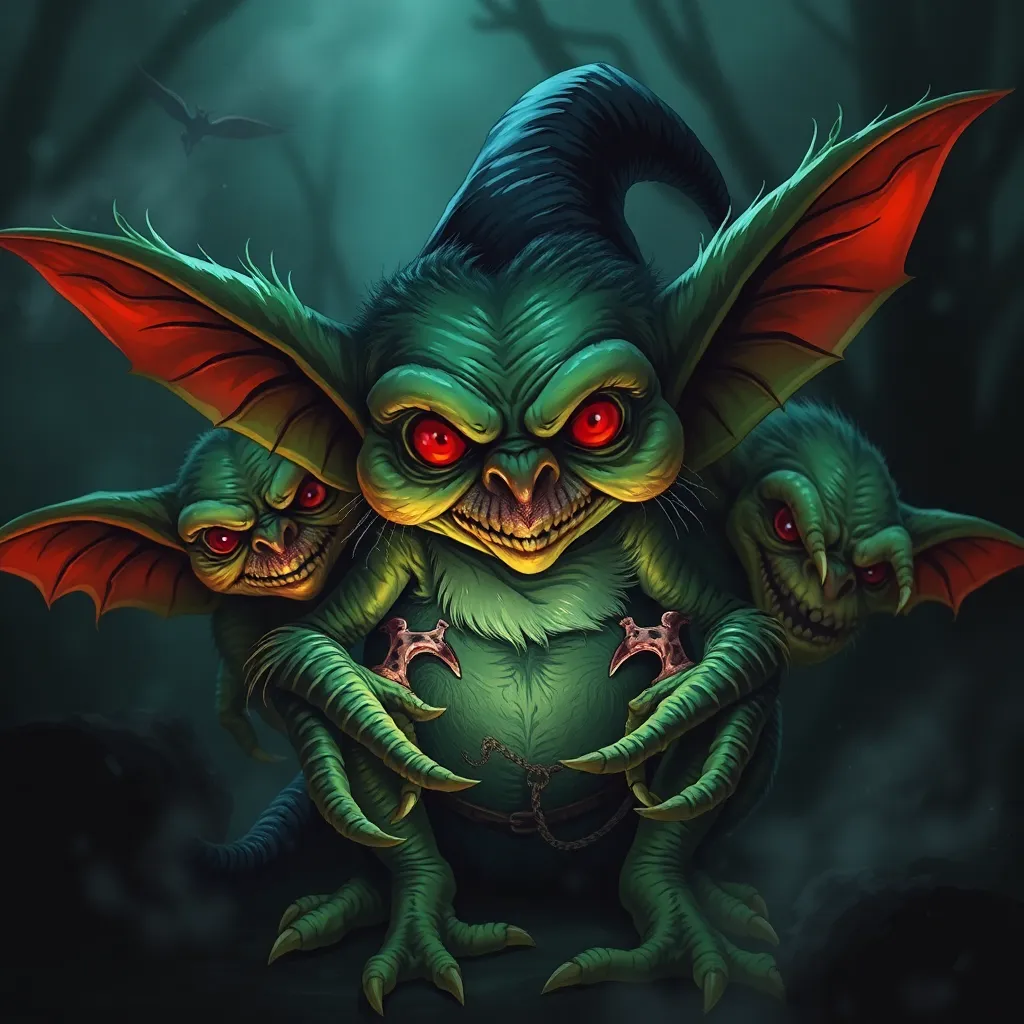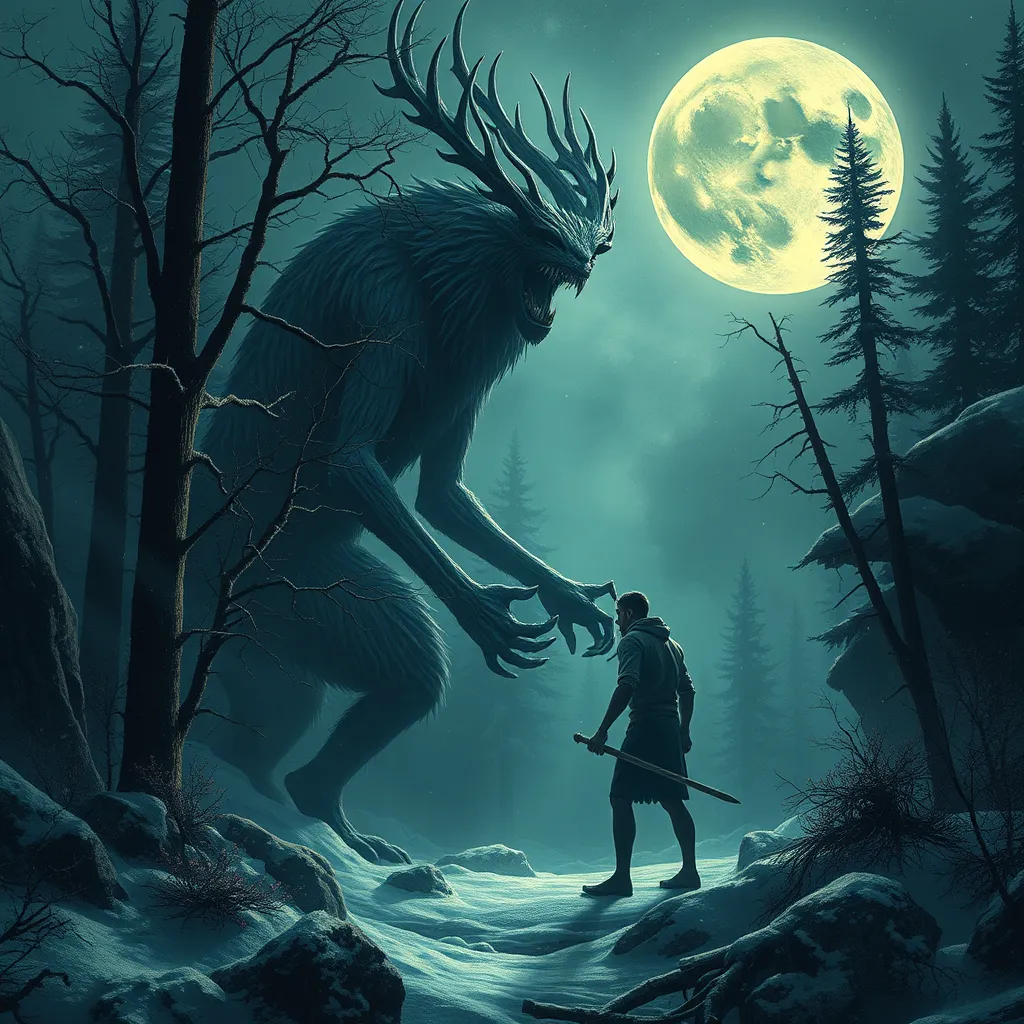Goblin Encounters in Literature: From Tolkien to Gaiman
I. Introduction
Goblins have long captivated the imaginations of readers and storytellers alike. These mythical creatures, characterized by their mischievous nature, often embody the themes of chaos and malevolence in folklore. Traditionally depicted as small, grotesque beings with a penchant for trickery, goblins have significant presence in various cultural narratives.
In literature, goblins serve as powerful symbols, representing the darker aspects of humanity and the unknown. Their encounters in stories often lead to conflict, adventure, and moral lessons, making them essential to the narrative fabric of fantasy literature. This article aims to explore the portrayal of goblins in the works of two literary giants, J.R.R. Tolkien and Neil Gaiman, examining their unique encounters with these enigmatic creatures.
II. The Origins of Goblins in Folklore
The concept of goblins can be traced back to various European folklore traditions, where they are often depicted as malevolent spirits or mischievous beings. Historical accounts suggest that the term “goblin” originates from the French word “gobelin,” which referred to a type of hobgoblin or fairy.
Early references to goblins appear in medieval literature, where they are often portrayed as troublesome creatures that haunt the night. Over the centuries, the archetype of the goblin has evolved, absorbing characteristics from various mythologies:
- Mischief-makers: Goblins are known for their trickery and pranks, causing chaos wherever they go.
- Gremlins of the dark: Many tales depict goblins as nocturnal beings that dwell in caves and forests.
- Symbol of fear: Goblins have often represented the fears and anxieties of the human psyche in folklore.
III. J.R.R. Tolkien’s Contribution to Goblin Lore
J.R.R. Tolkien’s works, particularly “The Hobbit” and “The Lord of the Rings,” have significantly shaped the modern understanding of goblins. In “The Hobbit,” goblins are introduced as antagonists who capture Bilbo Baggins and his companions, showcasing their brutish nature and cunning.
In Tolkien’s legendarium, goblins are often portrayed as the lesser minions of more powerful dark forces, embodying a sense of evil and malice:
- Antagonistic Role: Goblins serve as obstacles for the protagonists, representing the physical manifestations of evil.
- Dark Environment: The caves and mountains where goblins dwell create a foreboding atmosphere, enhancing their sinister characteristics.
Thematic significance in Tolkien’s portrayal of goblins goes beyond mere antagonism; they reflect the struggle between good and evil, serving as a backdrop for the heroes’ journeys.
IV. Neil Gaiman’s Unique Take on Goblins
In contrast to Tolkien, Neil Gaiman presents a more nuanced depiction of goblins in his works, such as “Stardust” and “The Graveyard Book.” Gaiman’s goblins often possess a blend of charm and danger, reflecting the complexity of human nature.
For instance, in “Stardust,” goblins are portrayed with a whimsical touch, engaging in both mischief and moments of unexpected wisdom:
- Whimsy and Danger: Gaiman’s goblins navigate the line between humorous and threatening, inviting readers to explore their duality.
- Morality and Complexity: Unlike Tolkien’s one-dimensional villains, Gaiman’s goblins often face moral dilemmas, adding depth to their characters.
Gaiman’s approach highlights themes of morality, choice, and the multifaceted nature of beings that are often dismissed as mere villains.
V. Comparative Analysis of Goblin Encounters
When comparing the goblin encounters crafted by Tolkien and Gaiman, several similarities and differences emerge. Both authors utilize goblins to explore themes of fear, conflict, and the unknown, yet their portrayals diverge significantly:
- Setting and Atmosphere: Tolkien’s goblins thrive in dark, oppressive environments, whereas Gaiman places them in more whimsical, unpredictable settings.
- Cultural Context: Tolkien’s writings reflect a more traditional view of good versus evil, while Gaiman’s goblins are often products of their environments, suggesting a more modern take on morality.
VI. Goblins as Symbols in Literature
Goblins serve as rich symbols in literature, representing various themes such as fear, chaos, and societal reflection. They can be seen as:
- Representations of Fear and the Unknown: Goblins often embody the fears that lurk in the shadows, challenging characters to confront their anxieties.
- Duality: They can be both comedic and sinister, illustrating the complexity of good and evil.
- Reflections of Society: Goblins can symbolize societal issues, serving as metaphors for the darker aspects of human nature.
VII. The Legacy of Goblins in Modern Fantasy
The influence of Tolkien and Gaiman on contemporary fantasy literature is profound. Their unique portrayals of goblins have paved the way for new interpretations in modern storytelling:
- Evolving Goblin Archetypes: Modern narratives often blend humor and horror, creating multifaceted goblin characters.
- Cross-Media Influence: Goblins have permeated various forms of media, including films, video games, and graphic novels, reflecting their enduring appeal.
- Emerging Trends: Recent works explore goblins as misunderstood creatures, challenging traditional notions of villainy.
VIII. Conclusion
In summary, the exploration of goblin encounters in the works of J.R.R. Tolkien and Neil Gaiman reveals the rich tapestry of these creatures in literature. From Tolkien’s dark, antagonistic goblins to Gaiman’s whimsical yet complex beings, the portrayal of goblins serves as a reflection of human fears, societal issues, and moral dilemmas.
The enduring appeal of goblins in literature invites readers to delve into their encounters, whether through the lens of folklore or modern fantasy. As we continue to explore the depths of these creatures, we find that goblins, in all their forms, remain a captivating element of the literary world.



